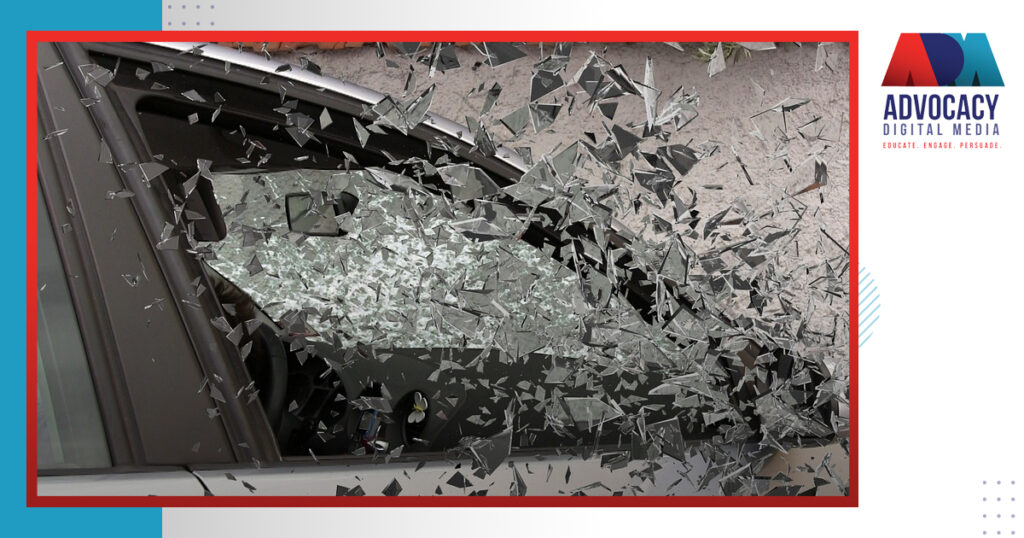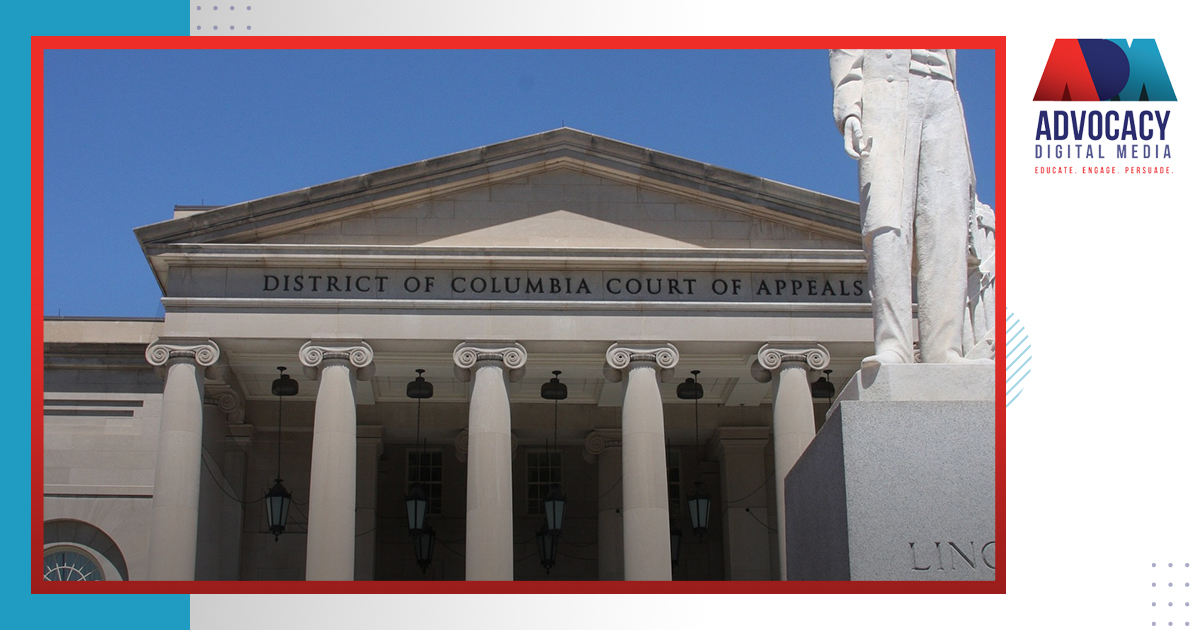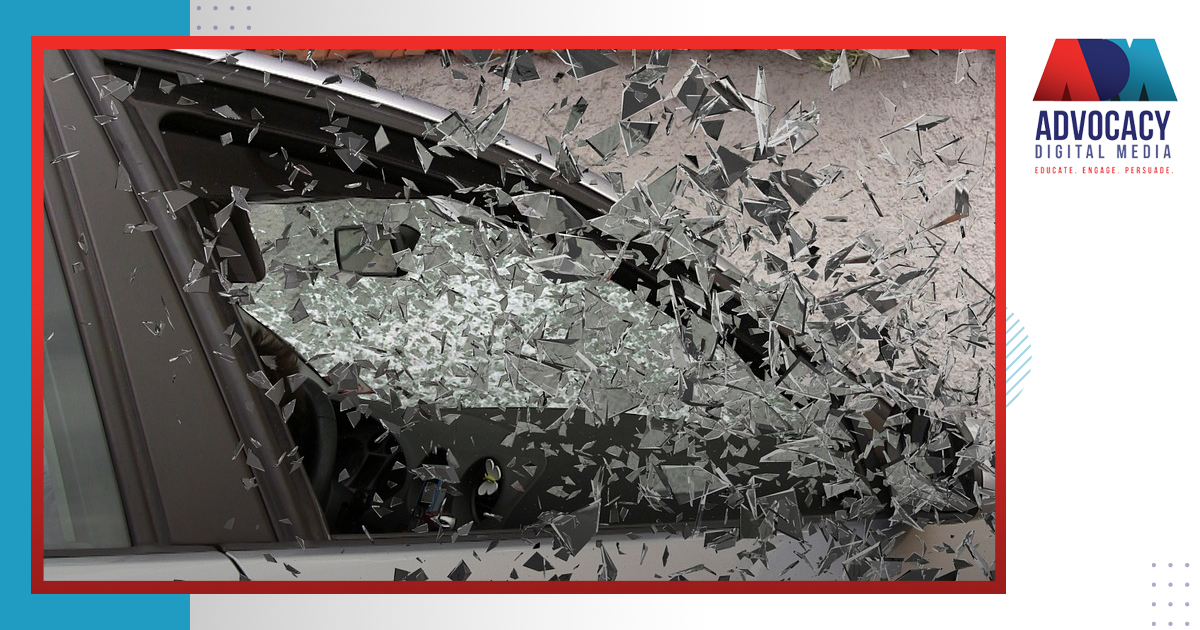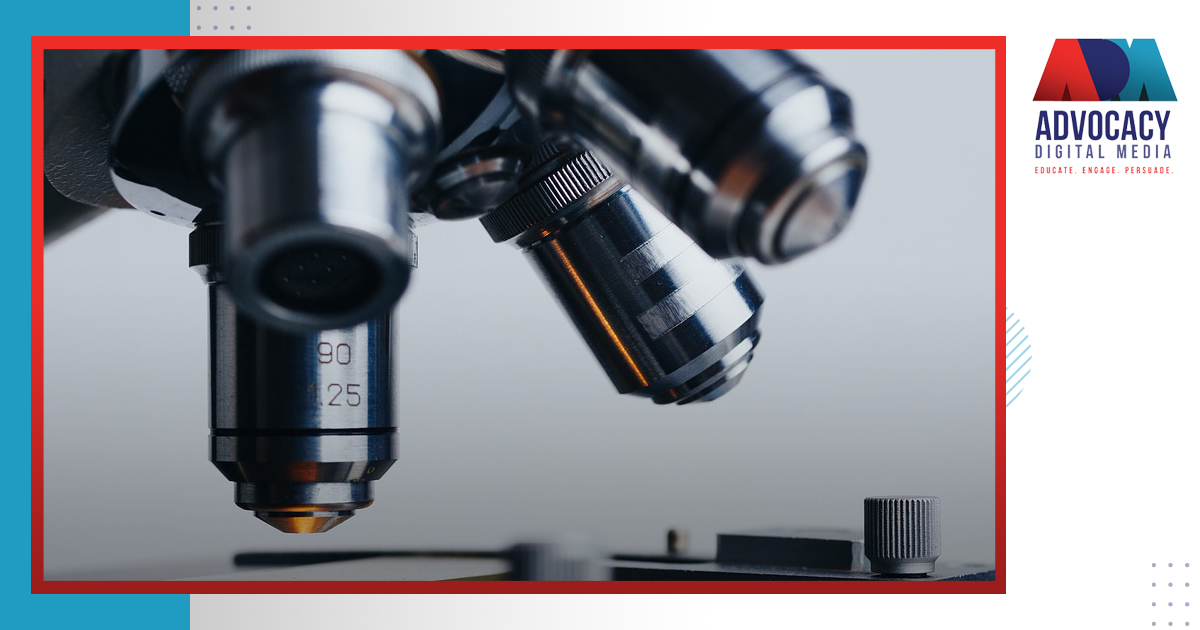How an Animated Car Crash Presentation Can Help Convince a Jury
As an attorney who handles personal injury cases, you know that liability isn’t always clear-cut.
You’ve taken on a client’s case where it’s obvious to you that another driver’s negligence is to blame for the debilitating injuries that your client has suffered, but you’re concerned about whether jurors will reach the same conclusions.
You may realize that depicting the auto accident visually is key to helping the jurors understand what happened. However, you may be unsure about how an animated car crash presentation can help convince a jury. Keep reading where we’ll address those concerns.
How Auto Accident Animations Help Jurors Aid Jurors in Reaching Desirable Conclusions
Animated car crash courtroom exhibits can be powerful, convincing tools for convincing a jury for the following reasons:
Well-Built Courtroom Visuals Depicting Auto Accidents Resonate with Juries
Let’s face it, certain aspects of legal cases, especially ones like car crashes, where there are a lot of moving parts occurring at once or the material being presented is more technical in nature, can make it hard for most jurors to stay engaged.
An animated car crash presentation can aid with understanding more technical aspects of a case, whether it’s how impact occurred or the correlation between how the crash unfolded and the injuries your client sustained. When jurors better comprehend these details, it’s easier for them to retain them.
This makes a difference when they head back to a jury room to try and reach a verdict.
Animated Depictions of Car Wrecks Help Jurors More Clearly Visualize What Occurred
Understanding how a collision could have occurred when just hearing about it can be challenging to make sense of. Even with a crash report, understanding a law enforcement officer’s drawing or factual written recap of what occurred may not make things any clearer.
This is why government agencies like the National Transportation Safety Board (NTSB) create animations of crashes they investigate.
It helps investigators and the general public alike understand why motor vehicle accidents occurred, because it’s easier for jurors to understand the progression of events that occurred leading up to a complex accident, including each action drivers took at different intervals if it’s visually depicted.
Courtroom demonstratives like these are also effective in painting an “alternate narrative.”
This can be understood in two different ways. Animations of car crashes “fill in the blanks,” providing a more comprehensive perspective of how a crash occurred and also be effective in “discounting” what a witness may have testified they saw. Bringing accidents to life can also help show what other options a driver might have had to avoid causing a wreck, which can support your fault argument.
Auto Collision Animations Can Persuade Jurors to Understand Your Account of What Happened
If jurors are provided with one verbal, anecdotal account of what happened versus a visual, what they can see with their own eyes and backed up with an animated version of what transpired, the latter, if deemed credible, is likely to persuade them of your argument.
Additionally, when showing the impact that the crash had on the victim, there’s an old saying that applies to situations like these, “a picture is worth a thousand words.”
While the courtroom animations we prepare for use in car crash cases aren’t legitimately pictures, they are imagery much like them. Demonstrative evidence like this is effective in conveying how serious your client’s crash was and how significant of an impact it’s had on their life.
This can move a juror, convincing them to rule in your favor when the time comes to reach a verdict.
Types of Cases Where an Animated Car Crash Presentation May Be Appropriate
There are certain types of car accidents where animations can be particularly beneficial to present at trial. Those include:
- In cases where speed or braking distances were a factor: Animators can plug in factual data contained in a crash report produced by law enforcement or prepared by a traffic engineer, from an event data recorder, and other sources. Measurement of skid marks can be overlayed with speed data confirming whether it played a role in causing the crash and who was responsible.
- In complex collision cases: A multi-car collision is an example of where showing the sequence in which an event occurred, including what each motorist did leading up to the crash, may be important. This could also be helpful in a head-on crash case where you’re trying to establish a direct correlation between the impact that occurred and your client’s injuries. Animations may also come in handy when showing how your client was no longer in a trucker’s blind spot (as they contended) when the crash occurred.
- In limited visibility collision cases: Car crash animations can be effective in convincing a jury of how much fog, sun glare, rain or whiteout snow conditions, or just the lighting at certain times of the day affected one or both motorists’ abilities to see, leading to the accident. Demonstratives can also be effective at showing how well a motorist could have seen a motorcyclist or bicyclist ahead of them from their distance or how well they could see potential hazards that lay ahead using the headlamps installed on their vehicles.
- Situations where moving violations potentially caused a crash: These visuals are often effective at showing failures to yield to the right of way of others, how a motorist made a reckless lane change, or misperceived how long they had to turn in front of oncoming traffic.
What To Know About the Interactive Exhibits Our Animators Produce
Given the widespread availability of animation technology that exists on the market today, with some practice, virtually anyone can produce visual aids to present at trial.
However, it’s unlikely that they’ll be of the same caliber that our animators at Advocacy Digital Media produce.
Why?
It comes down to our experience in incorporating data from factual sources into exhibits and our team’s advanced training using computer-aided design software to yield the graphics we’re aiming for.
We work exclusively with attorneys and have years of experience and expertise in developing visuals with the highest potential of admissibility by a judge. So, consider reaching out to our team for help in creating visually appealing and convincing car crash presentations for use at trial in your client’s upcoming case.
Just do so early as compiling the data necessary, and creating factually accurate animations that adequately depict what happened in a way that convinces a jury to decide in your favor, can be a time-consuming task.







